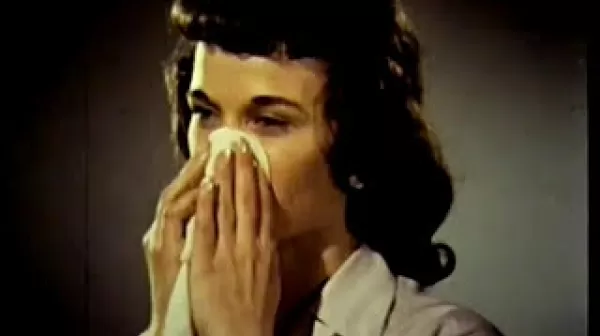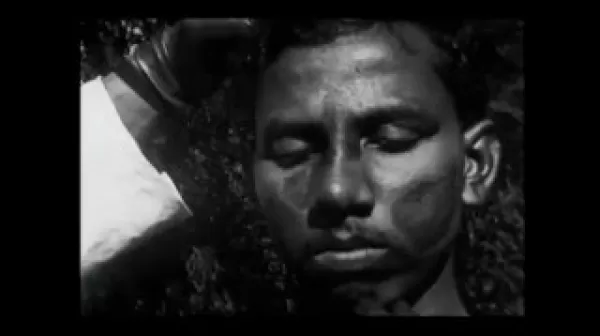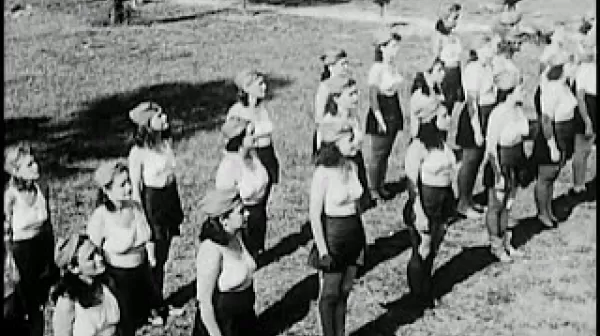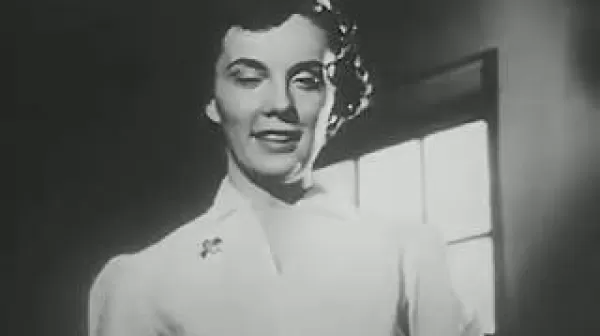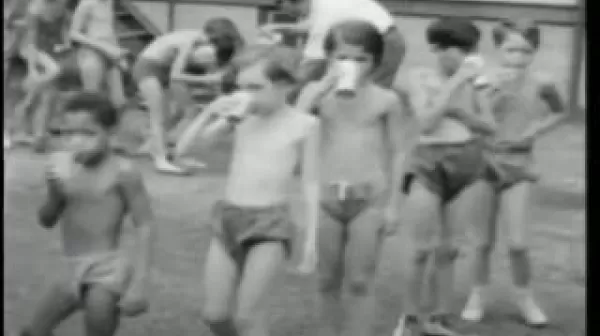Handwashing in Patient Care (USPHS, 1961)
The purpose of this presentation is to discuss the importance of handwashing in patient care in preventing the transmission of pathogenic organisms from person to person and from place to place. This objective is achieved with the aid of a nurse who demonstrates proper techniques in handwashing under various conditions. In this presentation the principle of medical asepsis is described first and compared to surgical asepsis. This principle involves the mechanical removal of dirt and microorganisms with the use of running water, soaps and related compounds, and friction.

